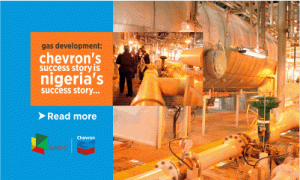Considering that traffic on Third Mainland Bridge is relatively low on Sundays, the operatives of the Federal Roads Maintenance Agency (FERMA) Sunday morning continued repair works on the bridge to curtail the growing gridlocks occasioned by failed portions of the 11.9km bridge.
FERMA had been on site for over one week and the delivery target of the agency was to complete work on bad portions before May.
Business Hilights recalls that before the end of October last year, a bill by the member of the Senate representing Kano South Senatorial District, Senator Kabiru Gaya, which is seeking to repeal the Act establishing FERMA in favour of the Federal Roads Authority, passed the second reading and moved to the Committee stage.
The development means that possibly before the end of this legislative year, FERMA may seize to exist by being replaced by FRA
The lawmaker said the bill, which was read for the first time on the floor of the Senate on March 16, 2016, would make the FRA a semi-autonomous road agency, which would be responsible for “The professional management of federal roads, including planning, design, construction, rehabilitation and maintenance, thereby ending the duplication of functions between FERMA and the Highways Department of the Ministry of Works.”
On Third mainland Bridge repairs, officials of the agency were sighted removing asphalt on four portions on the Obalende/Church Missionary Society bound carriageway as the engineer in charge of the agency, Lagos East, Mr. Tayo Awodun said the agency was working on both carriageways of the bridge in a manner that would not affect the flow of traffic.
While decrying that the heavy traffic on the axis was slowing down repair works, Awodun added that the agency usually staggered work between lanes with less traffic to reduce hardship by road users.
According to him, “The major work we are doing on Third Mainland Bridge is to mill the distressed surfacing after which we would put asphalt overlay”.
“Generally, the challenge we are having is that traffic is ever high on the bridge being one of the major routes for motorists coming to the island.
“We have always studied the traffic situation and we work when we have less traffic, that is why on some days our work spans into the night on the carriageway that has less traffic.
“We put on necessary safety measures when working at night. For the Lagos (Obalende/CMS) Bound carriageway for example, we start work at about noon when the rush hours for those going to work on the island would have been over.
“While for the Oworonshoki bound carriageway, we start work at about 7a.m. or earlier, till about 2 p.m. when we leave site. We try to move men, materials and equipment out of site before 3 p.m. because by 4 p.m. traffic would be back, with people returning from work.”
Awodun also hinted that the rehabilitation work is following “sectional milling and resurfacing with asphalt,” saying the contract did not cover the entire stretch of the bridge, only critical portions.









